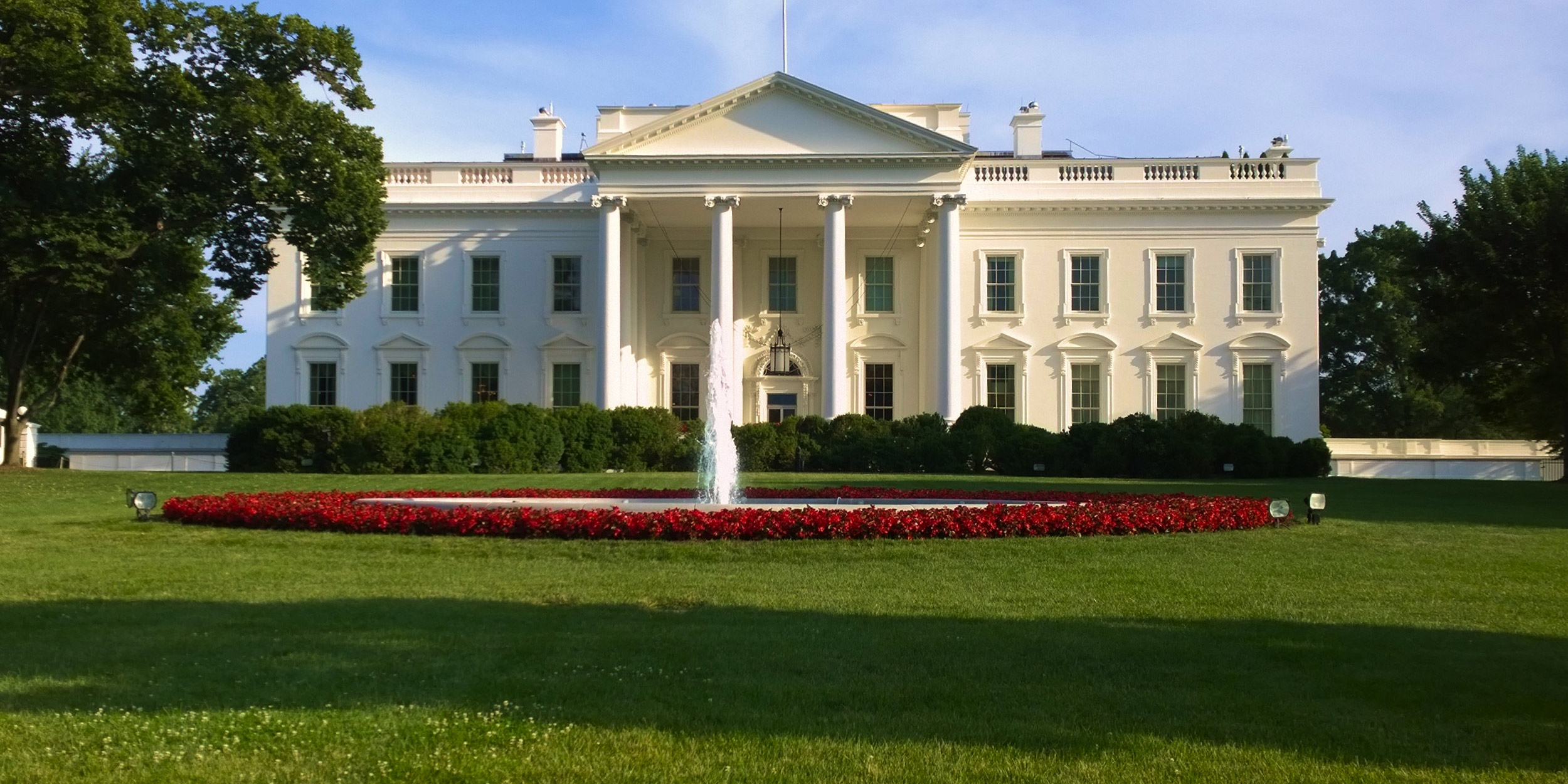White House Official Hints at Bitcoin Purchases Without Adding to U.S. Debt
28.05.2025 22:00 1 min. read Alexander Stefanov
At the recent Bitcoin 2025 conference, White House advisor David Sacks opened the door to a potential increase in the U.S. government's Bitcoin holdings — but only if it can be done without adding to the deficit or raising taxes.
Speaking during a fireside chat with Gemini founders Cameron and Tyler Winklevoss, Sacks said that while no formal plans exist, there is a legal framework that permits further Bitcoin accumulation under specific fiscal conditions. According to Sacks, either the Commerce or Treasury departments would need to find unused funds in existing programs to finance the move in a budget-neutral way.
“If they find a way to do it without new debt or taxes, they already have the authority,” Sacks noted, referring to a presidential executive order issued in March that established a federal crypto reserve and permitted additional purchases under those terms.
The U.S. government currently holds over 198,000 Bitcoin — much of it seized from high-profile criminal cases such as the Silk Road investigation and the Bitfinex hack. The Department of Justice recently received approval to sell those assets, though only a small fraction has been liquidated so far.
Sacks emphasized that any future purchases would depend on political will and fiscal maneuvering, adding that while the possibility exists, it’s far from guaranteed. Still, the idea of the U.S. strategically bolstering its Bitcoin reserves — especially amid rising global interest in crypto — is now on the table.
-
1
How Much Bitcoin You’ll Need to Retire in 2035
19.07.2025 19:09 2 min. read -
2
Esports Giant Moves Into Bitcoin Mining
05.07.2025 13:00 2 min. read -
3
Bitcoin Price Prediction: As BTC Hits New All-Time High Is $200K In Sight?
14.07.2025 21:56 3 min. read -
4
Bitcoin Dominance Nears Key Resistance — Is Altseason Coming Next?
13.07.2025 17:00 2 min. read -
5
Elon Musk Unveils His Own ‘America Party,’ Signals Pro-Bitcoin Political Shift
07.07.2025 11:40 2 min. read
Is Bitcoin’s Summer Slowdown a Buying Opportunity?
Bitcoin may be entering a typical summer correction phase, according to a July 25 report by crypto financial services firm Matrixport.
Massive Bitcoin Move Sparks Panic, Price Tests Range Low
Bitcoin has dropped sharply to test its local range low near $115,000, with analysts pointing to renewed whale activity and long-dormant supply movements as key contributors to the decline.
Bitcoin Scarcity Deepens: Less Than 5.3% Left to Mine
Bitcoin has reached a critical milestone in its programmed supply timeline—only 5.25% of the total BTC that will ever exist remains to be mined.
Strategy to Raise Another $2.47 Billion for Bitcoin Acquisition
Strategy the company formerly known as MicroStrategy, has announced the pricing of a new $2.47 billion capital raise through its initial public offering of Variable Rate Series A Perpetual Stretch Preferred Stock (STRC).
-
1
How Much Bitcoin You’ll Need to Retire in 2035
19.07.2025 19:09 2 min. read -
2
Esports Giant Moves Into Bitcoin Mining
05.07.2025 13:00 2 min. read -
3
Bitcoin Price Prediction: As BTC Hits New All-Time High Is $200K In Sight?
14.07.2025 21:56 3 min. read -
4
Bitcoin Dominance Nears Key Resistance — Is Altseason Coming Next?
13.07.2025 17:00 2 min. read -
5
Elon Musk Unveils His Own ‘America Party,’ Signals Pro-Bitcoin Political Shift
07.07.2025 11:40 2 min. read


